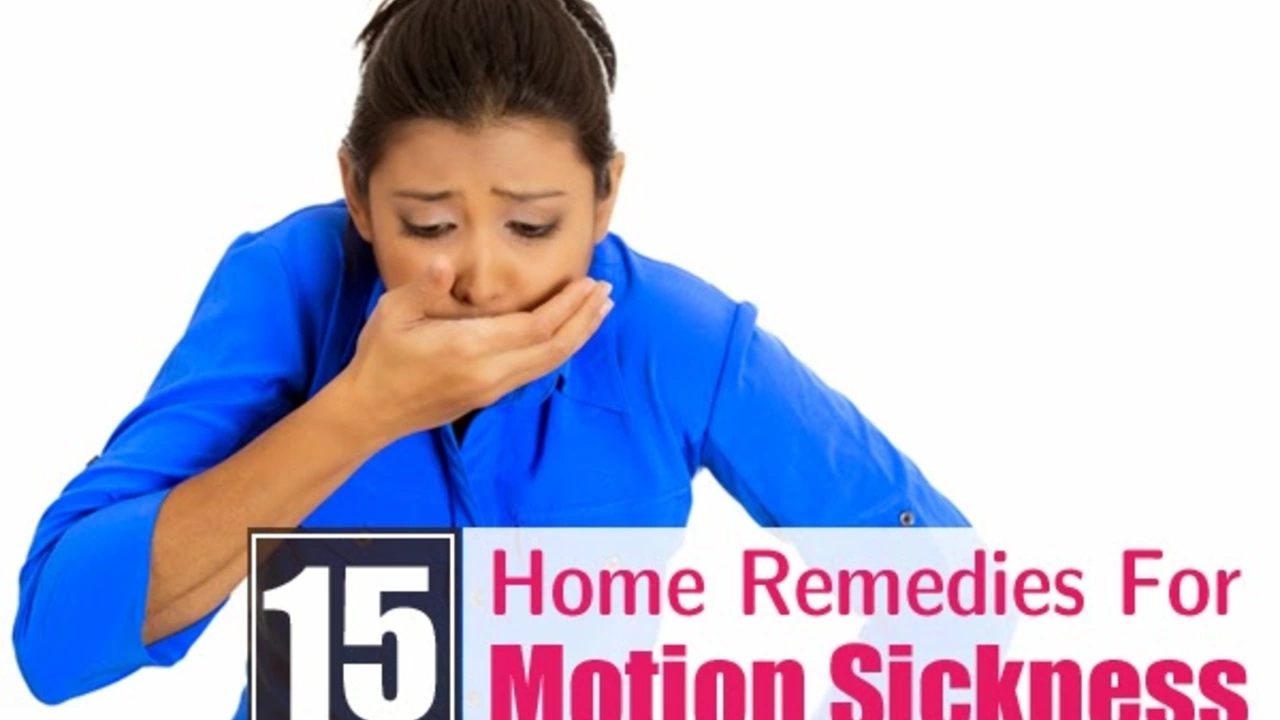Motion sickness: causes, quick fixes, and what actually helps
Feeling off-balance, sweaty, or nauseous on a boat, plane, or in a car? Motion sickness comes from mixed signals between your inner ear, eyes, and body. Your brain gets confused when what you see doesn’t match what your balance organs feel. That mismatch triggers nausea, dizziness, cold sweat, and sometimes vomiting. The good news: there are fast fixes you can try and reliable meds for tougher cases.
Fast practical fixes: pick the spot with the least motion — front seat in a car, over the wing on a plane, or midship on a boat. Face forward and look at the horizon or a distant fixed point. Open a window or get fresh air. Don’t read or stare at screens. Move your head slowly, and sip clear fluids. Small, plain snacks like crackers can help if your stomach is empty.
Home remedies that actually work
Ginger is an easy go-to. Ginger tea, ginger candy, or a 500–1,000 mg ginger capsule before travel can reduce nausea for many people. Acupressure wrist bands that press the P6 point (about two finger widths from the wrist crease) help some travelers. Try breathing exercises or low-intensity distraction like light conversation or listening to music. Avoid alcohol and heavy, greasy meals before travel—they make nausea worse.
Medications and safety tips
Over-the-counter options include dimenhydrinate (Dramamine) and meclizine (Bonine). Take them 30–60 minutes before travel. Dimenhydrinate often causes drowsiness; meclizine may be gentler on alertness. The scopolamine patch is prescription only: place it behind the ear about four hours before travel and it can last up to 72 hours—great for cruises. For severe cases, doctors may prescribe promethazine or ondansetron, but those have side effects and need medical guidance.
Watch out for interactions and side effects. Many motion-sickness meds add sedation when mixed with alcohol, sleep aids, or opioids. Scopolamine can cause dry mouth, blurred vision, and confusion in older adults. If you’re pregnant, breastfeeding, have glaucoma, prostate enlargement, or heart problems, talk with your clinician before taking anything. For kids, always use pediatric dosing recommended by a doctor or pharmacist.
Long-term options and training: people who travel a lot often build up tolerance after repeated exposure. Vestibular rehabilitation therapy can help if motion sensitivity is chronic—this trains eye and balance reflexes. Virtual reality can cause similar symptoms, so try short sessions and gradual exposure if you use VR.
When to see a doctor? If nausea and vomiting don’t stop, you become dehydrated, or symptoms start even without travel, get medical evaluation. Persistent dizziness, fainting, or hearing loss with vertigo needs prompt checks to rule out inner ear disease or neurological causes. Your clinician can suggest the safest drugs and a plan that fits your health.
Quick checklist before your next trip: choose your seat wisely, consider OTC meds or a scopolamine patch if needed, bring ginger or acupressure bands, avoid alcohol and heavy meals, and keep water handy. A bit of planning usually keeps motion sickness from ruining the trip.

Dramamine vs Alternatives: Which Motion Sickness Remedy Is Best?
A side‑by‑side look at Dramamine (dimennhydrinate) versus meclizine, cyclizine, and scopolamine, with tips to pick the right motion‑sickness relief for any trip.
Read More
The Science Behind Cinnarizine's Effectiveness in Treating Motion Sickness
In my deep dive into the science behind cinnarizine's effectiveness in treating motion sickness, I discovered that it works by blocking calcium channels in the smooth muscle cells of our blood vessels, which helps to balance our vestibular system. This medication reduces the brain's response to signals from the inner ear, which are often off-balance during motion sickness. It also has antihistamine properties which are thought to contribute to its effectiveness against nausea and vomiting. In short, cinnarizine acts on several levels to help our bodies better cope with the disorienting effects of motion. It's fascinating to see how this single medication can tackle motion sickness in multiple ways!
Read More




